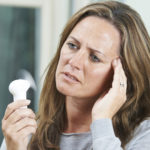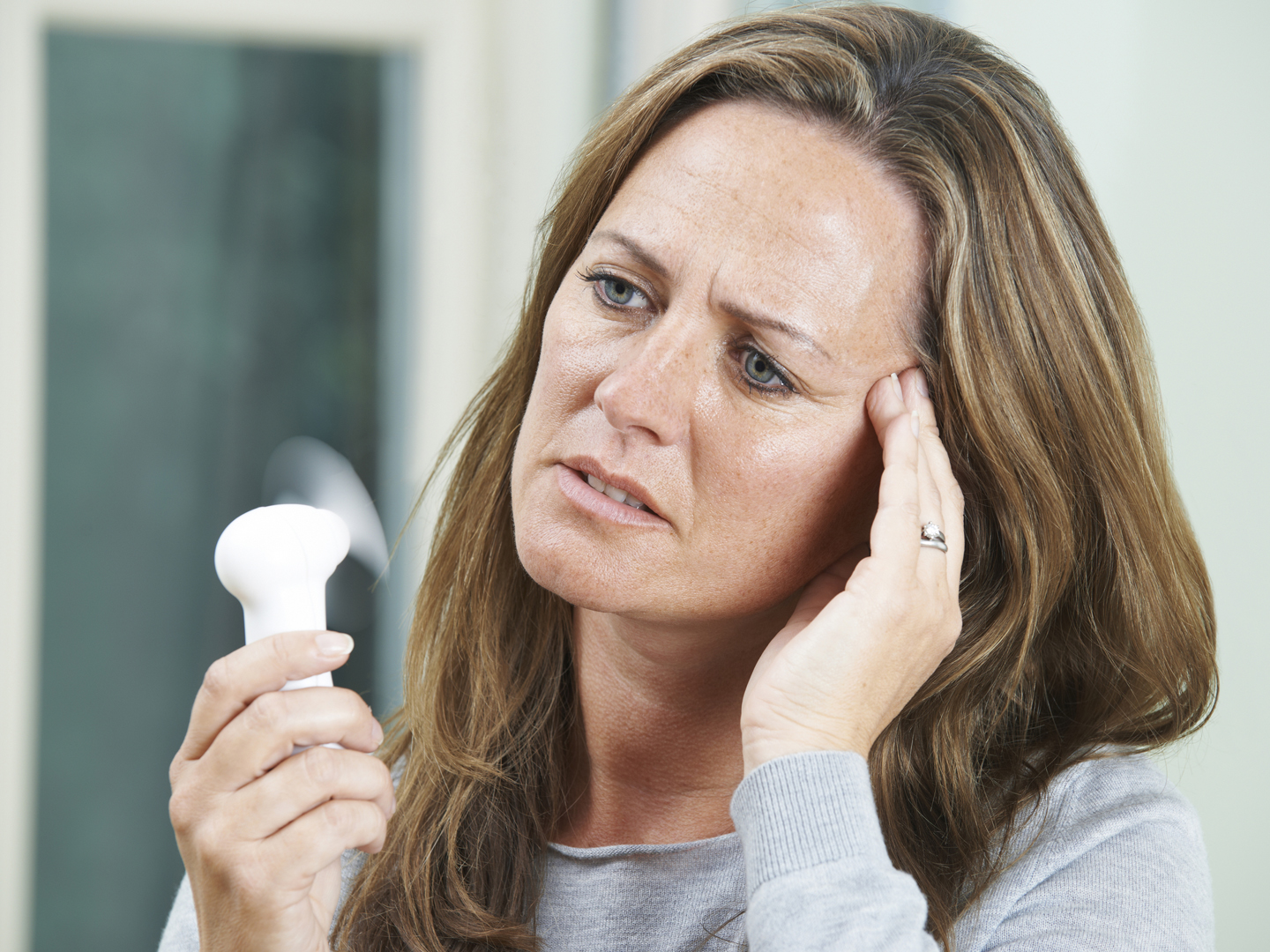Test To Predict Menopause?
I’ve heard there’s a test that can predict when a woman will reach menopause. Can you tell me anything about it?
Andrew Weil, M.D. | March 20, 2020

Women are born with all of the eggs they will ever release from their ovaries, and the number of eggs stored will decrease as ovulation takes place over several decades and menopause approaches. The new test measures levels of anti-Müllerian hormone (AMH), which can indicate how many eggs a woman has left in her ovaries as she reaches her late 40s or early 50s. Levels of this hormone are highest during puberty and remain high until menopause.
“Establishing a way to measure time to the final menstrual period has long been the holy grail of menopause research,” said study co-author Nanette Santoro, M.D., of the University of Colorado Medical School. She noted that using “bleeding patterns or previously available tests to predict the time to menopause can only help us narrow the window to a four-year period, which is not clinically useful.”
She noted that an AMH test can help women decide whether to have surgery to manage troublesome fibroids or whether it is safe to stop using birth control, adding that “a low AMH level in a woman who is more than 48 years old indicates that menopause is likely approaching.”
About 50 percent of all Caucasian women and 72 percent of all African-American women develop uterine fibroids. Most of these growths cause no symptoms and are discovered during a routine pelvic exam or prenatal ultrasound. In the past, doctors often recommended hysterectomy for large asymptomatic fibroids, but today the medical consensus is that no treatment is needed unless these tumors cause problems. Although we don’t know what causes fibroids to develop, they need estrogen to grow, and they begin to shrink when estrogen levels drop as menopause approaches. If menopause is close, a woman may decide against surgery for fibroids, even if they are symptomatic.
To determine the usefulness of measuring levels of AMH to predict the timing of menopause, researchers analyzed the results of blood tests from 1,537 women between the ages of 42 and 63 who were participating in a long-term women’s health study. Using a newer more sensitive test, they were able to predict the timing of the final menstrual periods within 12 to 24 months among women in their late 40s and early 50s.
They found a 51 percent probability that a woman, younger than 48, with low AMH levels would have her final menstrual period within the next 12 months and 79 per cent chance that a woman, 51 or older, with low levels would reach menopause within the same period of time. The study also showed a 97 percent chance that a woman, younger than 48, with high AMH levels would not reach menopause within the next year and a 90 percent chance that a 51-year old or older woman with high AMH levels would not have her final menstrual period within a year.
Study co-author Joel S. Finkelstein, M.D., of Boston’s Massachusetts General Hospital, noted that researchers have long thought AMH would be a “superior marker” of the time to menopause, “but tests haven’t been sensitive enough to detect the very, very low levels that occur in the year or two leading up to menopause.” He added that it took the current study to follow the same women “year after year, from well before menopause until well after, to get the kind of data necessary to be able to demonstrate the predictive value of AMH.”
While the new test may be helpful for women concerned about problems with fibroids or trying to decide whether or not to continue using birth control, for others a 12- to 24-month window may be about what they already expect as they reach their late 40s or early 50s.
Andrew Weil, M.D.
Source:
Nanette Santoro et al, “Anti-Mullerian Hormone and Impending Menopause in Late Reproductive Age: The Study of Women’s Health Across the Nation,” The Journal of Clinical Endocrinology & Metabolism, January 22, 2020, doi.org/10.1210/clinem/dgz283












